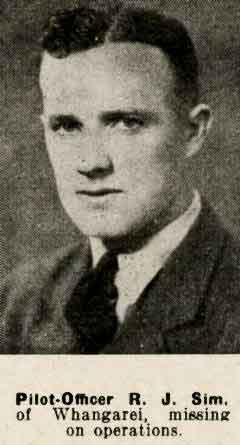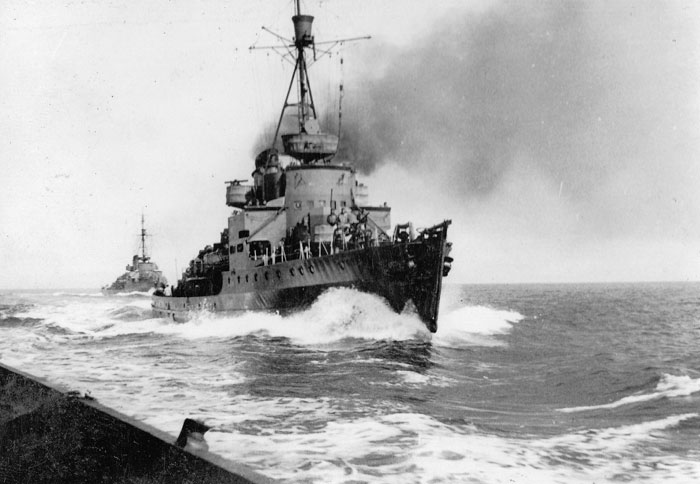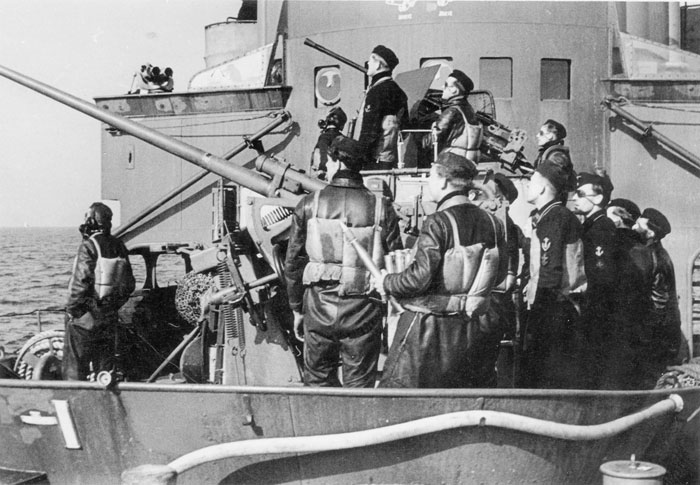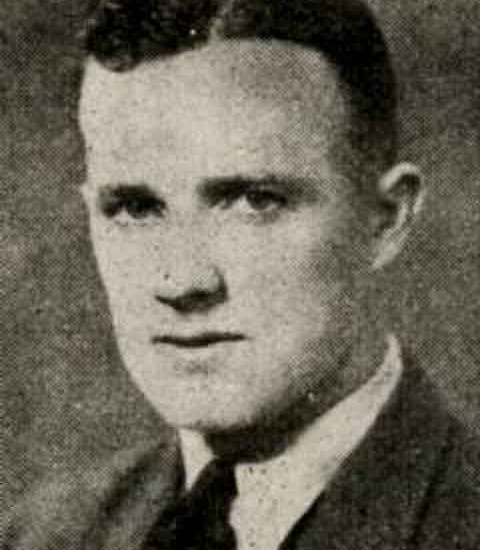SIM, Robert James
- 23 years
- Flying Officer
- 403995
- Spitfire VI, BR319
- 15th June 1943
- North of Sark
-
Runnymede Memorial
[Panel 198]

Robert Sim applied to join the Royal New Zealand Air Force on 29 September 1939 but this was deferred until September 1940 and on 26 October 1940 underwent basic training at Levin, General Training School as Airman Pilot to assess his suitability as either a navigator or pilot. After training in a link trainer to show he was suitable he transferred to No. 3 Elementary Flight Training School, Harewood on 23 November 1940 and completed his first solo flight on 4 December that year. His next move was to No. 2 Flying Training School, Woodbourse on 17 January 1941, and obtained his Pilots badge on 3 March 1941 and was promoted to Sergeant and a further promotion soon followed to Flight Sergeant on 12 April. To continue his training he embarked to England with the RAF on 29 April 1941 via Canada. On arrival in England he started assessment at No. 3 Personnel Reception Centre, Bournemouth on 29 June that year.
On 14 July 1941 Sim was transferred to 58 Operational Training Unit,Grangemouth, Stirlingshire, Scotland flying Spitfire’s and at the end of his training he was retained for duty as a Staff Officer. He moved to 130 Squadron, on 17 September 1941 again flying Spitfires first at Portreath, Cornwall, then Harrowbeer, Devon and later Warmwell, Dorset where he completed 29 operations, comprising of eighteen convoy patrols, four fighter sweeps, and seven enemy aircraft intercept flights, before embarking for Gibraltar on 10 February 1942. After arrival at Gibraltar he joined the fleet carrier HMS Eagle sailing to the Middle East on 23 February 1942, Sim flew a Spitfire off HMS Eagle to Malta arriving four hours later. As during this flight his aircraft was liable to be intercepted by enemy aircraft this flight counted as an additional operation. Incidentally this was the first time a Spitfire had been flown off an aircraft carrier. On arrival in Malta, he joined 249 Squadron, Takall flying his Spitfire on 8 operations from 7 March 1942, these additional flights consisted of seven enemy aircraft interception flights and one bomber escort flight. On 6 April 1942 Sim again transferred this time to 185 Squadron stationed at Hal Far also on Malta and flew in a further 41 Spitfire operations including one air sea rescue mission and thirty-eight enemy aircraft interception flights. During these additional flights he had destroyed two Messerschitts 109 Fs, and a Junkers 88 and damaged another Junkers and his Squadron leader endorsed his log book, “Recommended that this pilot be recommended for D.F.C. When he has destroyed one more enemy aircraft. A Very reliable section leader”. Sim was withdrawn from Malta and so crewed a Hudson as 2nd pilot when flying back to England via Gibraltar from 23-29 July 1942.
On arrival in England on 29 July 1942 after a brief period of leave and he transferred temporarily to No. 2 Personnel Despatch Centre before transferring to 52 Operational Training Unit, Ashton Down, Gloucestershire as an instructor training students on the Spitfire. He was Commissioned as a Pilot Officer on 29 October 1942. On the 5 May 1943 he made his last transfer that time to 616 Squadron, Ibsley, Hampshire where he went on to fly a further 18 Spitfire operations, taking part in nine fighter sweeps, four shipping strikes, three armed patrols, one convoy patrol and one enemy aircraft interception flight. To date his operational combat had accredited Sim with ninety-seven operational flights resulting in 3 enemy aircraft destroyed, 1 damaged and 2 further aircraft he had shared in damaging.

M483
They flew just above sea level all the way down to the Channel Islands with 616 and Squadron Leader Lucas leading, then the Whirlibombers in line abreast with 2 sections of 504 in line astern on each side of them. Flying West of the Casquets and turning left to the east when 2-3 miles North East of Sark, at about 0615 hrs they saw a convoy of 4 M-Class minesweepers travelling at about 8 knots followed by a smaller armed trawler steaming North East about 4 miles North East of Sark. Ships 1 and 2 were abeam of each other about 60 yards apart, ships 3 and 4 in same formation about 150 yards astern and ship 5 was perhaps 700 yards astern of the others.

Crew of 37mm gun of M422
After a series of attacks made by 616 Squadron during which the Whirlibombers saw very good concentrations of cannon-fire entering the minesweepers. The Whirlibombers came in and bombed ships 1 and 3, in a straight approach at sea level from the port beam. Red 1 (Lee-White) and 2 (Wood) did not see how their bombs could have missed ship 3, but their explosions were not seen owing to the 11 seconds delay-fusing. Blue 1 (Cottons) bomb splashes were seen by Blue 2 (Ridley) amidships on the waterline of ship 1. Blue 2 made a similar attack on ship 1. Flak from the minesweepers was very intense, and accurate. A Spitfire of 616 was set on fire probably hit by a 37 mm shell from ship 2 (M422). As his Spitfire caught fire, Sim pulled away from the formation and was last seen at 300 feet going down towards the sea in a shallow dive with a dead propeller. The pilot, not seen to bale out or ditch, his body was never recovered. However the resultant attack on the convoy saw the lead ship now known to be the M483 of the 24. Minensuchflottille sunk at position 49 ° 27 ‘ N, 002 ° 15 ‘ W.






